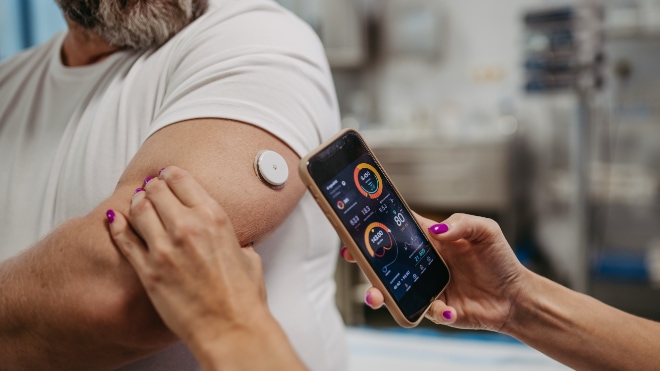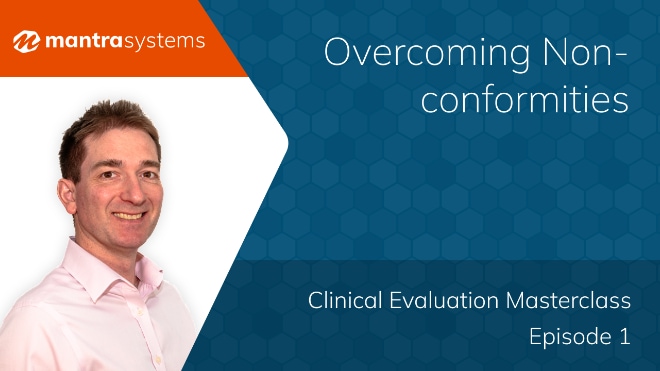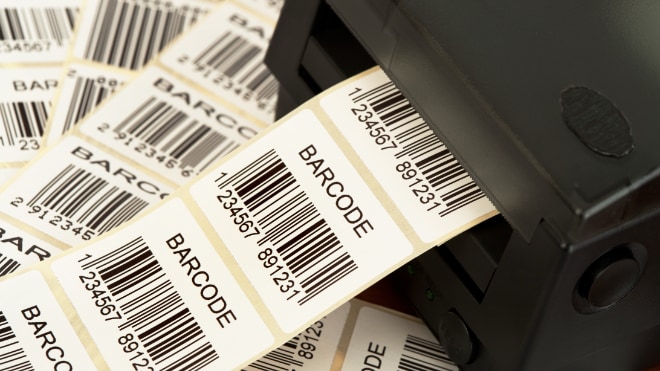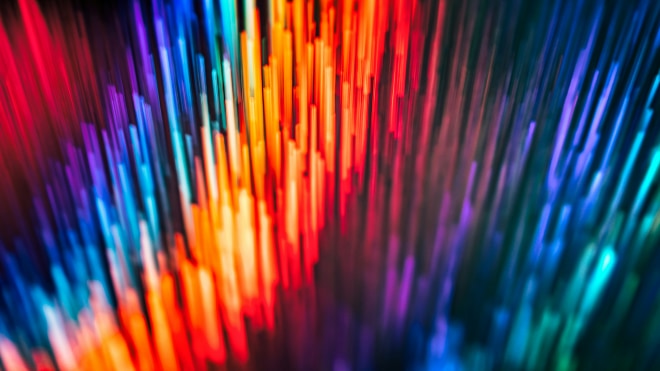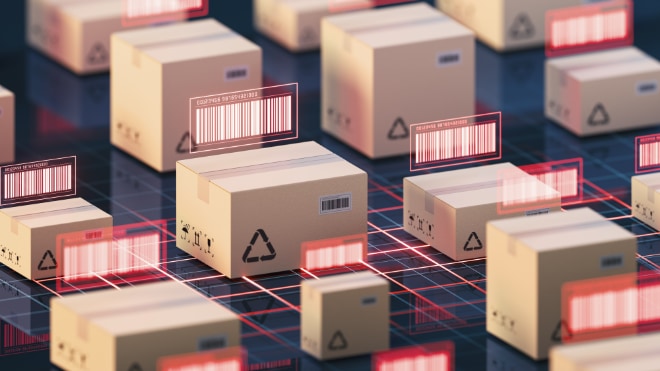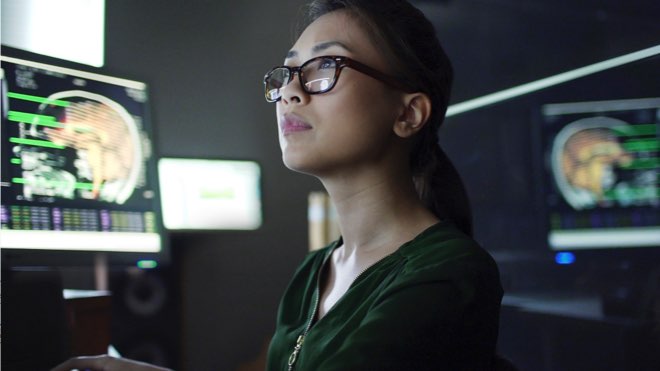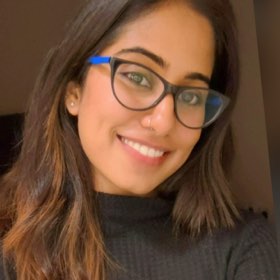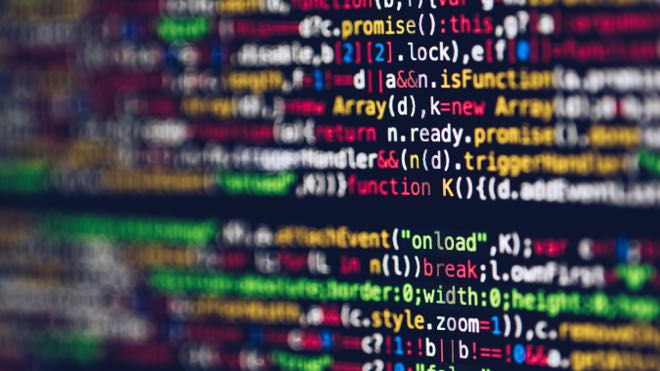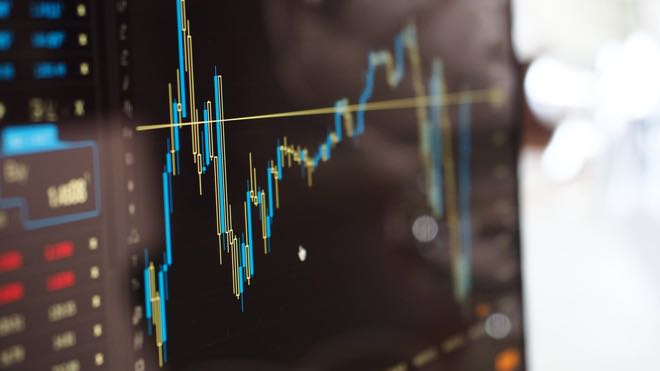
With the introduction of the EU Medical Device Regulation (MDR), there has been an increased emphasis on clinical evidence requirements. Manufacturers of medical devices indicated for rare diseases found these new obligations burdensome, potentially impacting patient access to these devices.
Released in June 2024, the MDCG 2024-10 guidance introduces and defines new terms to the MDR regulatory landscape and aims to address these challenges faced by manufacturers of medical devices indicated for use in rare diseases.
In this article, we explore the impact of MDCG 2024-10 on clinical evidence requirements, shedding light on its key considerations and implications.
Orphan device classification
An “orphan device” is defined as a medical device specifically intended to benefit patients in the treatment, diagnosis, or prevention of a disease or condition that affects no more than 12,000 individuals in the European Union per year. To qualify as an orphan device, at least one of the following criteria must be met:
- Insufficiency of alternatives: There are no adequate alternative treatment, diagnostic, or preventive options available for the specific disease or condition.
- Clinical benefit: The device offers an expected clinical benefit compared to existing alternatives or the current state of the art. This assessment considers both device-specific factors and the patient population.
Manufacturers seeking orphan device classification must provide a justification based on epidemiological data to the Notified Body. Additionally, this information should be summarised in the Clinical Evaluation Report.
Orphan subpopulation and orphan indication
In addition to the classification of orphan devices, the MDCG 2024-10 provides guidance for devices that serve specific patient sub-populations or have multiple indications.
Orphan subpopulation
This guidance applies to devices intended for use in the treatment, diagnosis, or prevention of a disease or condition within a clinically valid patient sub-population. Specifically, the sub-population should not exceed 12,000 individuals in the European Union per year (within a disease or condition with an annual incidence of more than 12,000 in the EU).
Orphan indication
Sometimes, a medical device may have a specific intended purpose or indication for an orphan population (or orphan subpopulation) in addition to another intended purpose or indication in larger patient populations. In such cases, the MDCG 2024-10 outlines clinical evidence requirements specifically for the component of the intended purpose related to the orphan population.
Clinical vs. non-clinical data for orphan devices
When evaluating an orphan device, both clinical and non-clinical data play crucial roles.
Clinical data considerations
- Substantial evidence: If non-clinical data provide substantial high-quality evidence supporting the safety and performance of the orphan device, it can reduce the burden of pre-market clinical data requirements. This evidence can help justify CE marking, even when there are limitations in clinical data that can be addressed through Post-Market Clinical Follow-up (PMCF) activities.
- Acceptable limitations: Limitations in pre-market clinical data are acceptable under certain conditions:
- Expected clinical benefit: There must be sufficient clinical evidence demonstrating the expected clinical benefit, and the device must perform as intended with an acceptable level of safety.
- Compliance with GSPRs: The device must meet all relevant General Safety and Performance Requirements (GSPRs).
- PMCF plan: A well-defined PMCF plan should generate additional clinical data within an appropriate time-frame, fully addressing any remaining limitations.
Clinical data sources
Sources of clinical data must relate to either the subject or equivalent devices, and include:
- Clinical investigations: Studies involving human subjects and undertaken to assess the safety or performance of a device.
- Peer-reviewed scientific literature: Relevant research published in reputable journals.
- PMCF: Data collected during post-market follow-up.
Useful non-clinical data
Non-clinical data can complement clinical evidence. Useful sources include:
- Laboratory and animal tests: Results from in vitro and animal studies.
- Computer modelling and simulated testing: Data from software-based models, 3D printed models, and other physical simulations.
- Ex vivo and cadaveric studies: Insights gained from studies using tissue samples or cadavers.
- Similar devices: Data from devices similar to the orphan device (when equivalence is not demonstrated).
- State of the Art information: Understanding the technology landscape.
- Health datasets: Previously collected patient health information, often used for software validation without exposing patients.
Conclusion
MDCG 2024-10 offers guidance on the classification and clinical evidence requirements for orphan devices. Importantly, manufacturers of orphan devices may use non-clinical data, in combination with a rigorous PMCF plan, to supplement clinical evidence to address pre-market clinical data limitations.
Please email [email protected] if you have any questions about this article or would like to understand how Mantra Systems can help you meet your MDR requirements.
Alternatively, for any general regulatory questions you need a quick answer to, have you tried our AI-powered MDR & MDCG chatbot? — it’s free and will answer your queries around the clock.






